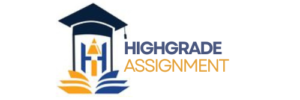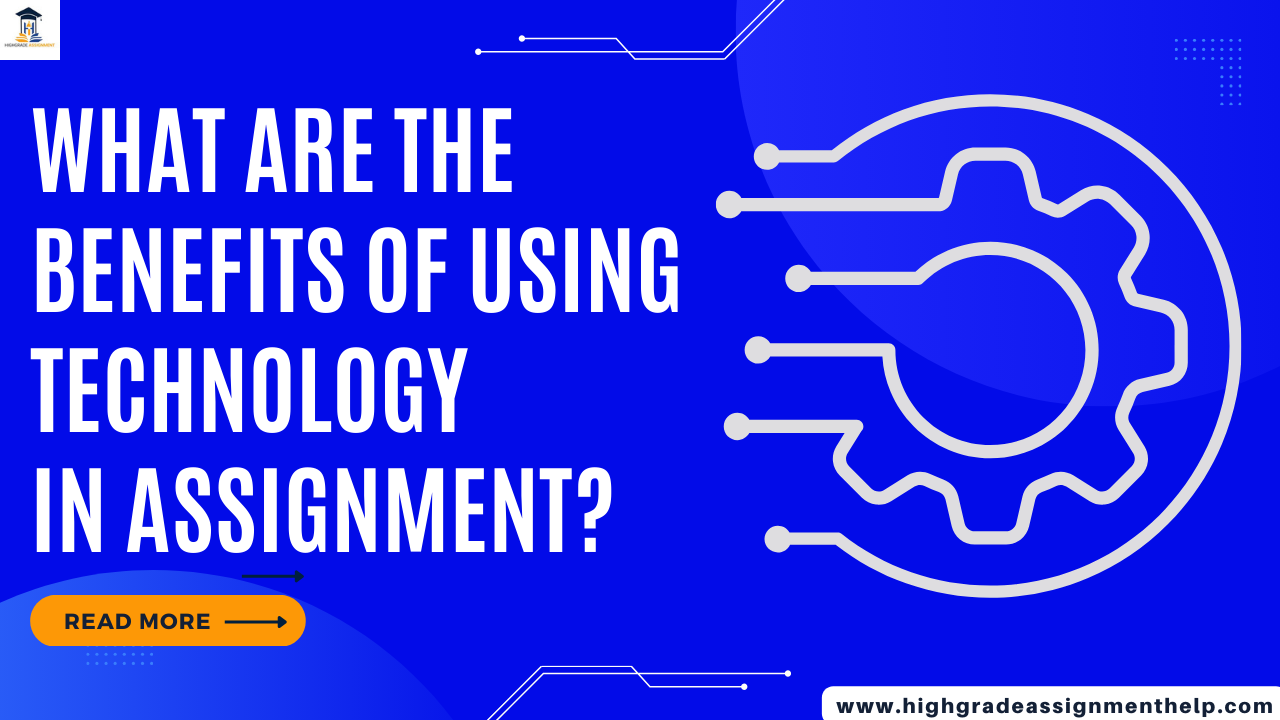What are the benefits of using technology for Assignment Organisation and Research
In the modernised digital landscape, technology has transformed the way of approaching academic tasks and activities. Relating to assignment organisation and research, the incorporation of technological advancements has evolved as a revolutionary context. Previously, the usage of books and notes has been overwritten by technological advancements, which offer a wide range of tools and diverse resources that enhance the process and promote the overall quality and standard of work. To summarise, the utilisation of technology accounts for an increase in the efficiency and effectiveness of academic ventures.

Streamlined Organisation and Accessibility
One of the crucial benefits of integrating technology into assignment planning is the capability to smoothen tasks and promote accessibility. Digital pathways, constituting varied applications of task administration and cloud storage tools and alternative, provides a reasonable amount of clustered space to store and plan out assignments. Diverse tools and applications, likely Trello or Asana, provide access to students globally to generate task boards, generate deadlines, and assess or evaluate their progress in a structured framework. Cloud storage services, such as Google Drive or DropBox, ease students’ access to store their necessary and important documents required for the specific task from any specific location. This minimises the threat of losing necessary resources or urgent materials. This digital framework acts as a pivotal alternative to save time, as well as reduce stress and anxiety by generating a clear outline of the specified task and its deadline. Adding to it, diverse note-creating software like Microsoft OneNote provides access to students to combine their research-based studies or notes, web cutouts, and varied references in a single file. This results in the enhancement of the dedication and commitment of a student to more critical thinking and generation of their assignments.
Enhanced Research Capabilities and Collaboration
The internet has served as a treasure box of information, and adding to it, technological advancements have provided access to students to enhance their strength and capability for academic research. Diverse databases, peer-reviewed journals, and e-libraries found online provide a series of scholarly articles and varied resources that can be retrieved very easily. The presence of a wide range of search engines like Google Scholar or diverse academic archives, likely JSTOR, provides access to the students to search for pertinent sources swiftly. Adding to it, collaboration has been very smooth and effective as a result of technological advancements in the current landscape. Virtual study sessions (in groups) and diverse communication pathways enhance and promote discussions and active sessions among students, notwithstanding their specific demographic locations. Diverse collaborative applications like Google Docs and others provide alternatives for real-time creation, editing, and adding comments in the texts, which have acted as a more interactive way for efficient project management. There have also been advanced citation tools like Zotero and MyBibs, which have eased the overall process of managing and citing sources.
Conclusion
To conclude, in the current landscape directed by technology and digital advancements, utilising its capabilities for the management of assignments and research can produce lots of benefits and advantages. Extending from a smooth flow of work and retrieving resources swiftly to upgraded research and collaborative applications, technology has enhanced academic endeavours. Employing and utilising these digitally advanced applications can be an efficient way to cultivate a culture of innovation along with driving excellence in the modern approach to education.






